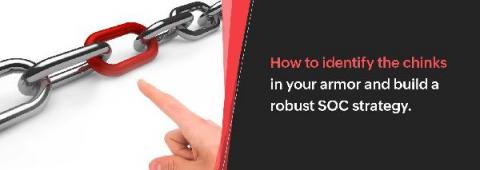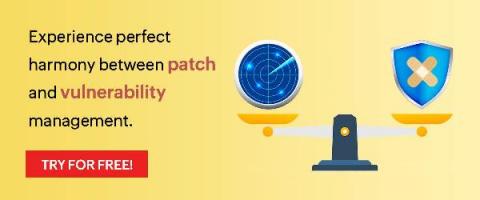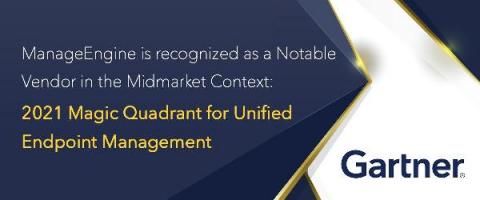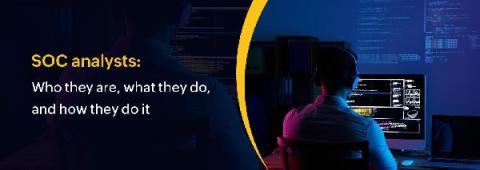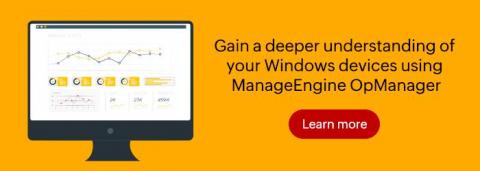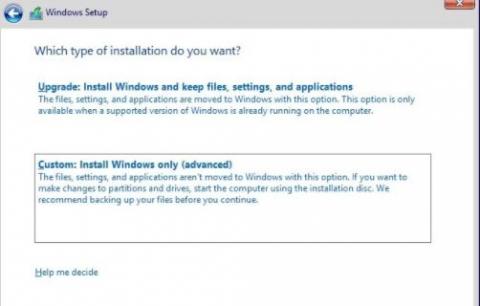Desktop Central featured in 2021 Gartner Peer Insights Customers' Choice for UEM
At ManageEngine, customer satisfaction is not just a promise, but also a driving force behind everything we do. From resolving bugs to delivering a seamless experience, we always look forward to hearing what our users think about our solutions. That’s why we’re delighted to announce that ManageEngine Desktop Central has been recognized as a Gartner Peer Insights Customers’ Choice for Unified Endpoint Management Tools. To all of our customers who reviewed us, we want to say thank you!



